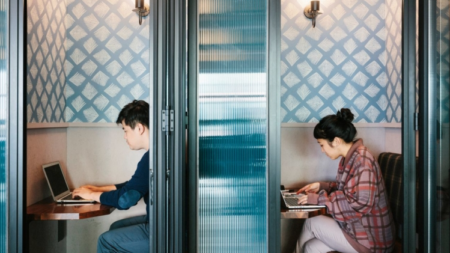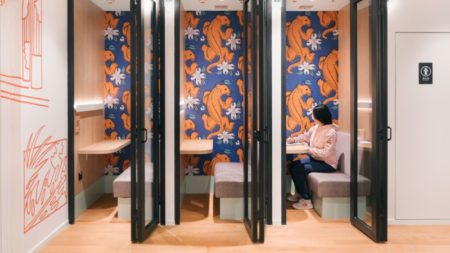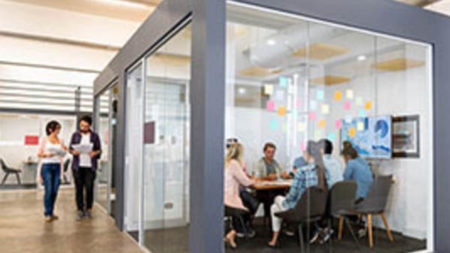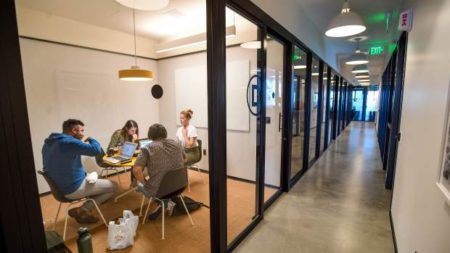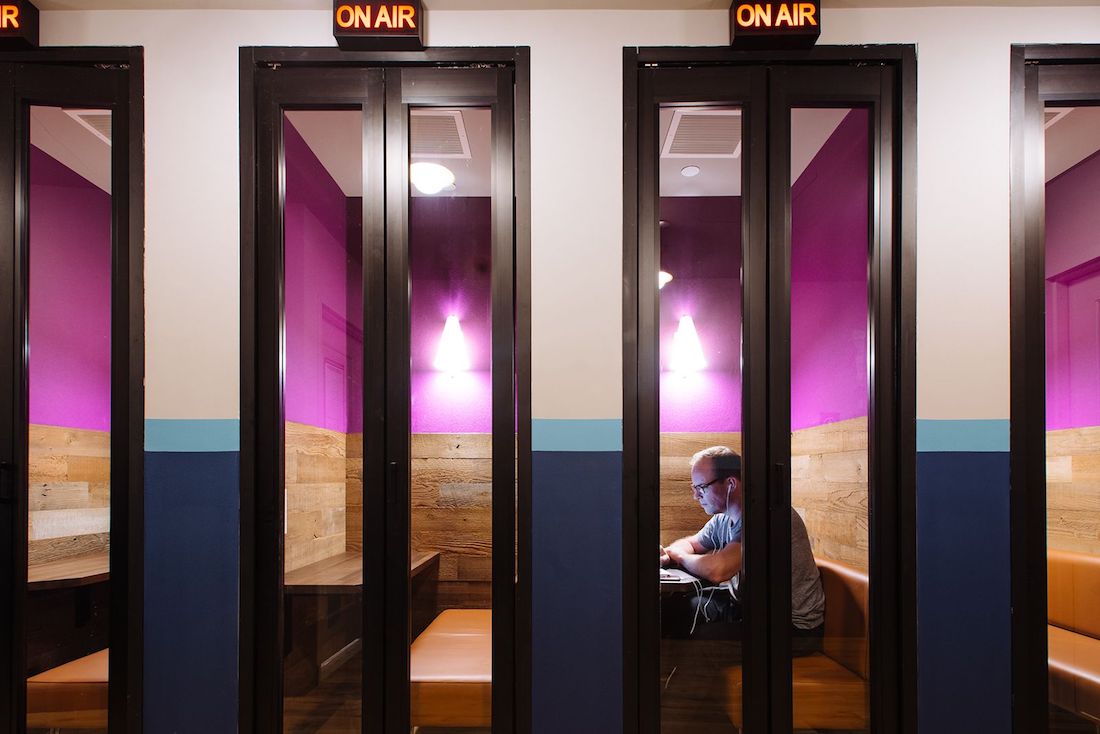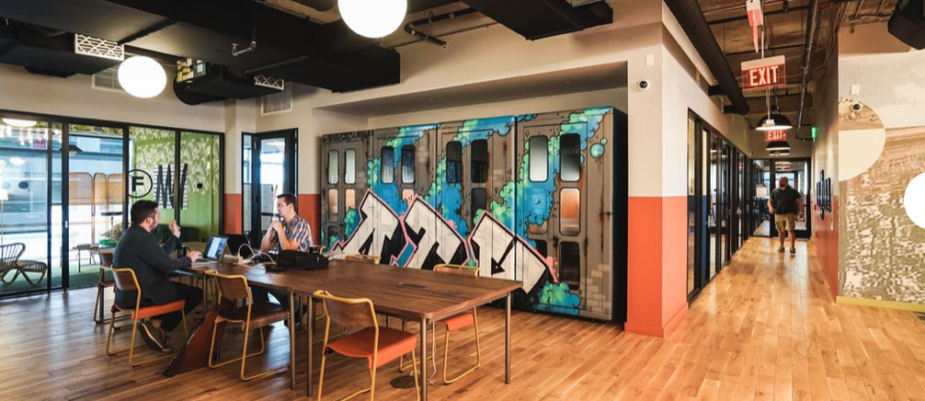
Recently, WeWork announced that it is removing 2,300 Office Pods from its coworkings in the United States and Canada due to health problems caused by elevated levels of formaldehyde and other volatile organic compounds (VOCs).
This drastic decision came after the numerous complaints of eyes irritation from the occupants. In short, workers’ health is important and there are health risks lurkin.
But UL explains how we can assess the air quality and the healthiness of office pods.
We have already talked about office pods and phone booths: they are flexible and free-standing spaces for private meetings and callings, leading products at the latest editions of Orgatec and Neocon.
Thanks to the ability in defining oasis of silence in open plan offices, the spread of office pods and phone booths is quickly growing.
In the previous articles we had already highlighted the air quality among the critical points: the pods are sealed to guarantee silence and that means a risk of VOC and bacteria concentration, without adequate antimicrobial and air exchange devices.
So the announced by WeWork made headlines; it made known this criticality of the office pod public, but it is certainly not the only case of interior furnishings and finishes triggering health risks and complaints among employees.
Some reports estimate that up to 90% of commercial buildings use open floor spaces. According to a Queensland University of Technology Study, employees working in offices with an open floor plan experience greater stress, conflict and blood pressure.
Yet, designing an heathy office, we have to consider that office pods are such a recent product that we can underestimate evidence on the development of germs, bacteria and viruses that can cause not only colds and flu, but also more serious diseases.
Designed and marketed with great speed, the office pods also present other possible risks in addition to the high levels of VOC emissions -identical to any type of small meeting room. Fire risks, safety and structural problems, such as stability, for example.
Incidents can be extremely expensive in the United States, where litigation is common and brand damage can harm companies.
But there is good news.
First of all, there are devices, even at very low costs – for example AirCare to track the level of your wellbeing inside indoor environment through an app, friendly and in real time. Through different sensors it is possible to evaluate – in addition to Co2, fine dust, VOC – also other environmental comfort factors (humidity, temperature, pressure, lighting, acoustics, electromagnetic pollution).
And above all, rather than risking problems in market, manufacturers can proactively demonstrate the safety and suitability of their products before releasing them on the market and users have data and certifications available that guarantee the level of healthiness, useful as selection criteria during the purchase phase.
Some testing plans to consider are:
Test office pods for VOC and particle emissions.
This testing can reveal potential problems like elevated levels of potentially harmful VOCs coming from products so that manufacturers can address issues early rather than dealing with customer complaints, recalls or lawsuits.
GREENGUARD Certification for office pods.
It demonstrates that they emit low levels of chemicals that are known to cause health issues.
Certify products to UL 962, the Standard for Household and Commercial Furnishings.
Under this standard, products are evaluated for a variety of safety attributes including electrical and mechanical safety.
As the speed of product development continues to accelerate, manufacturers are wise to make product emissions and safety testing an integral part of their innovation process.
WOW! Webmagazine thanks to UL for collaboration.

